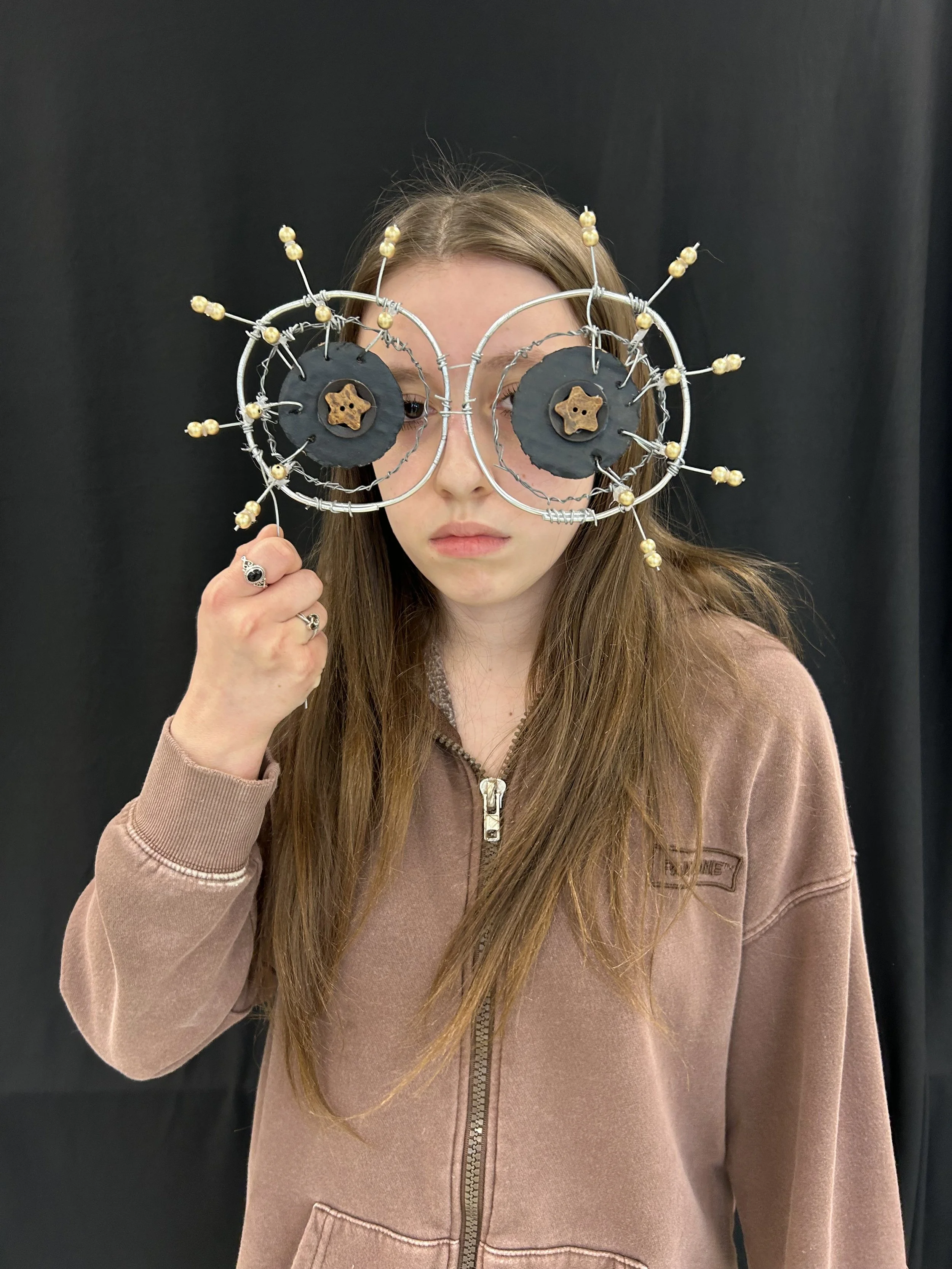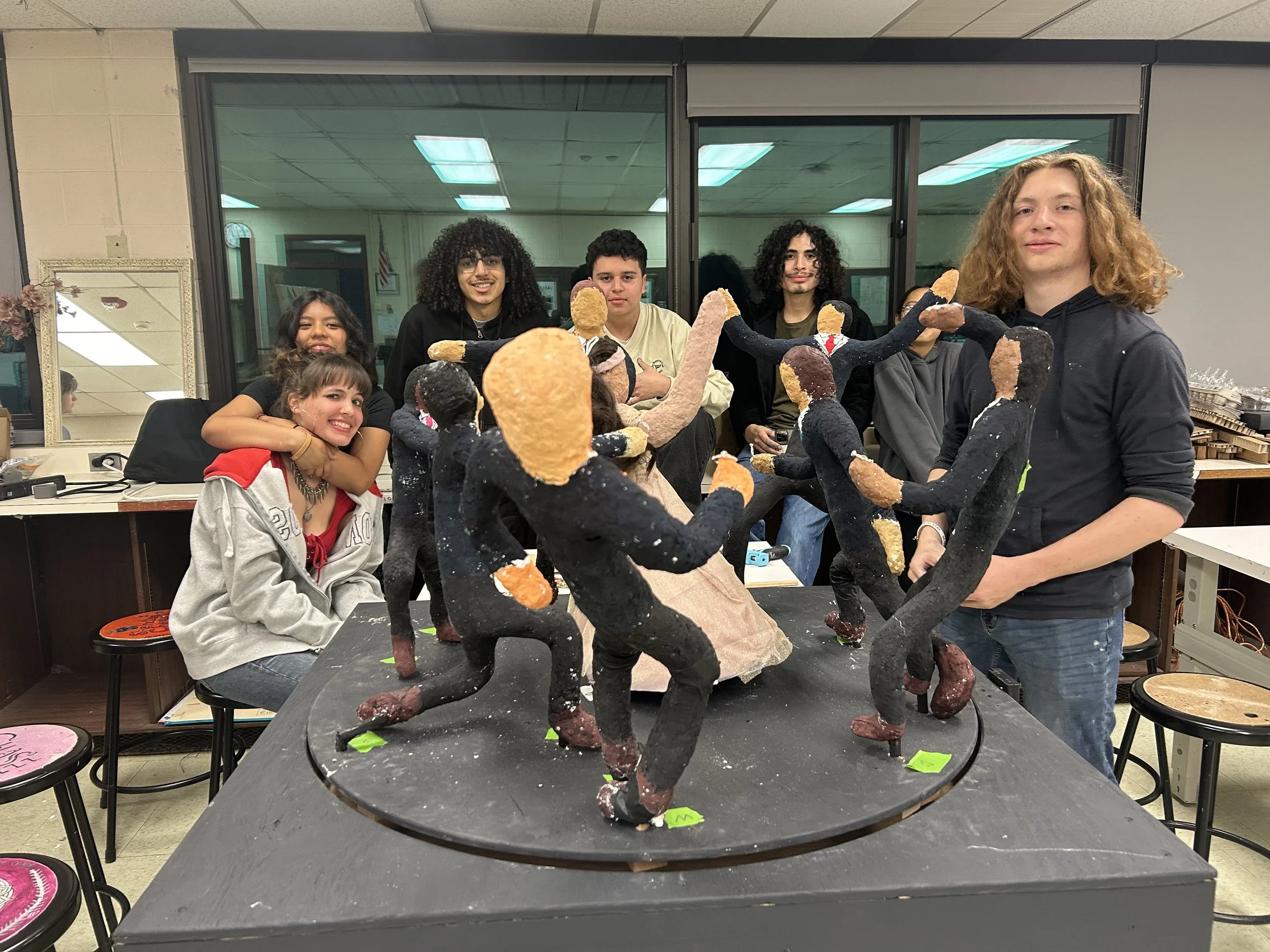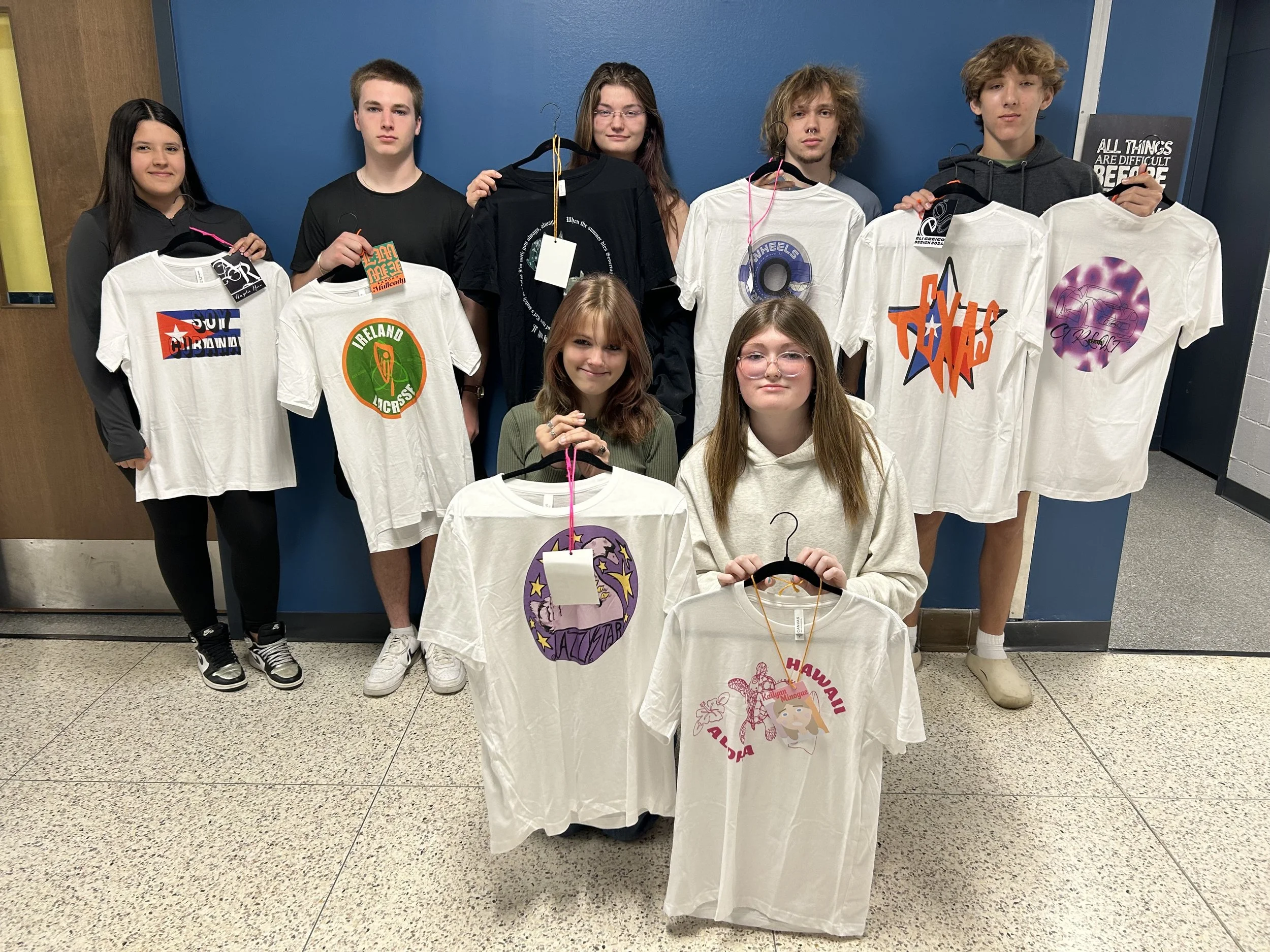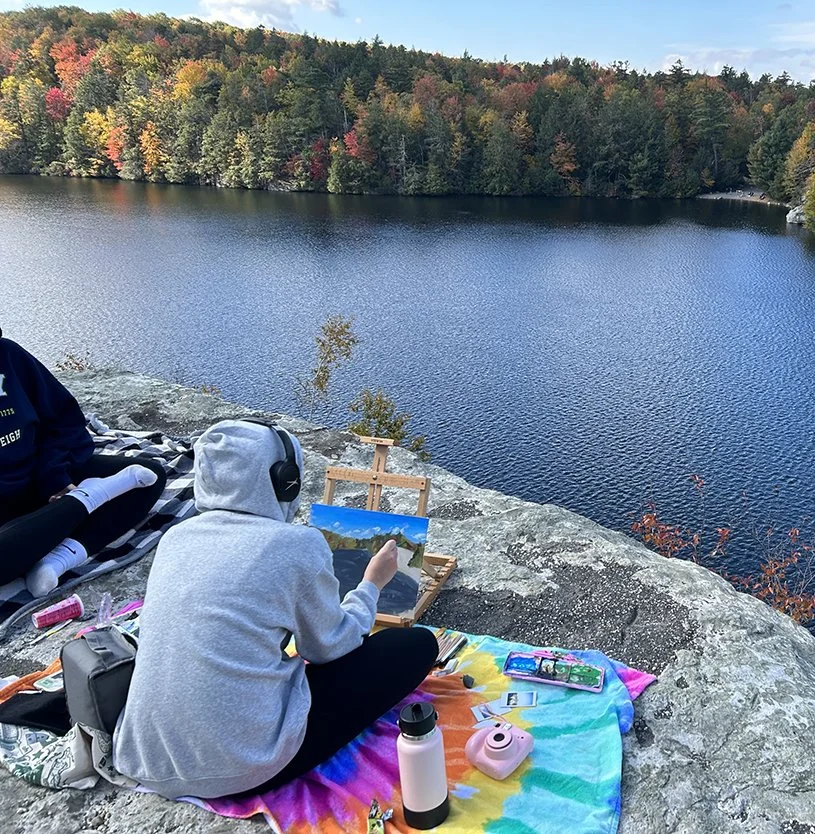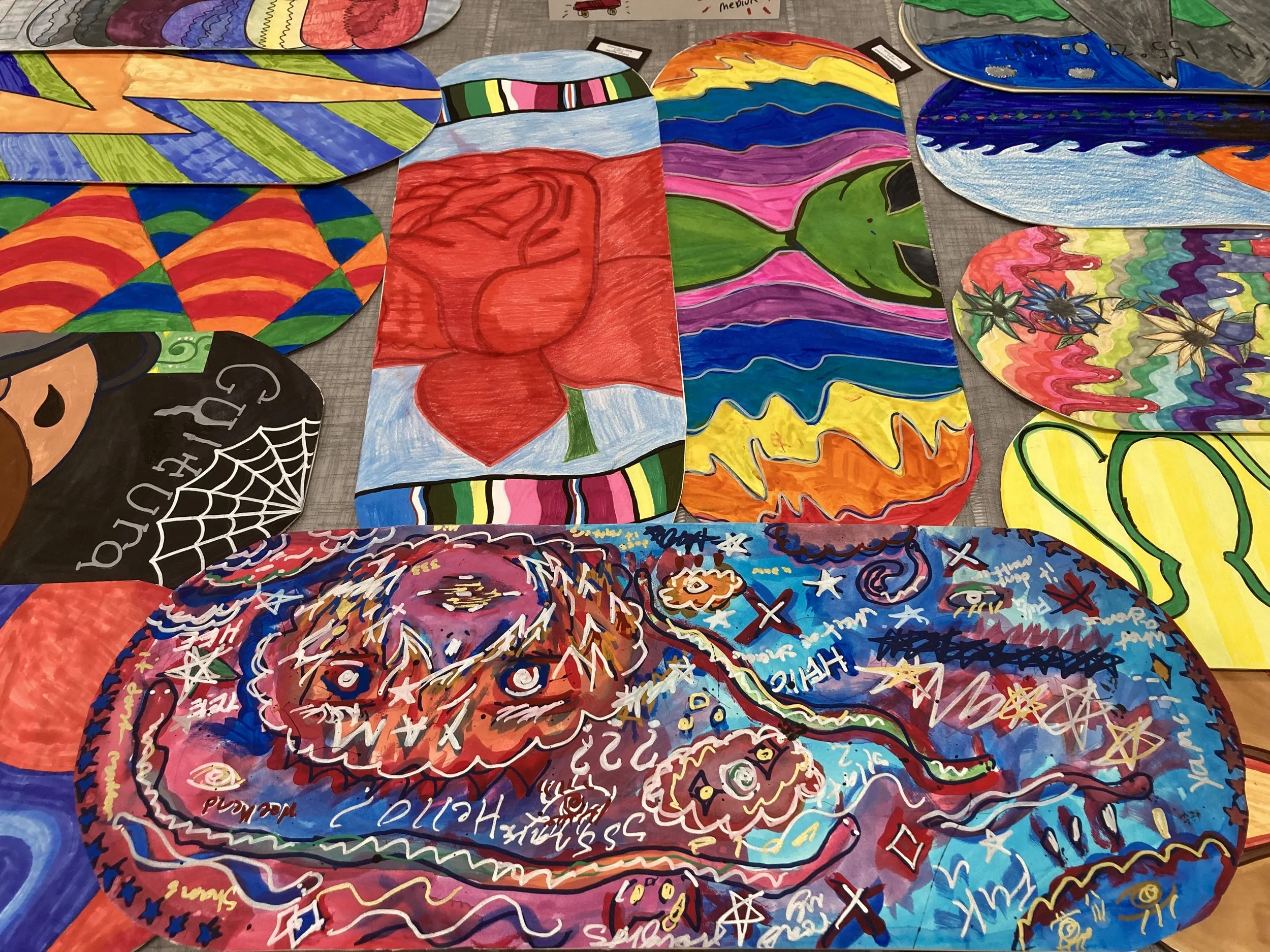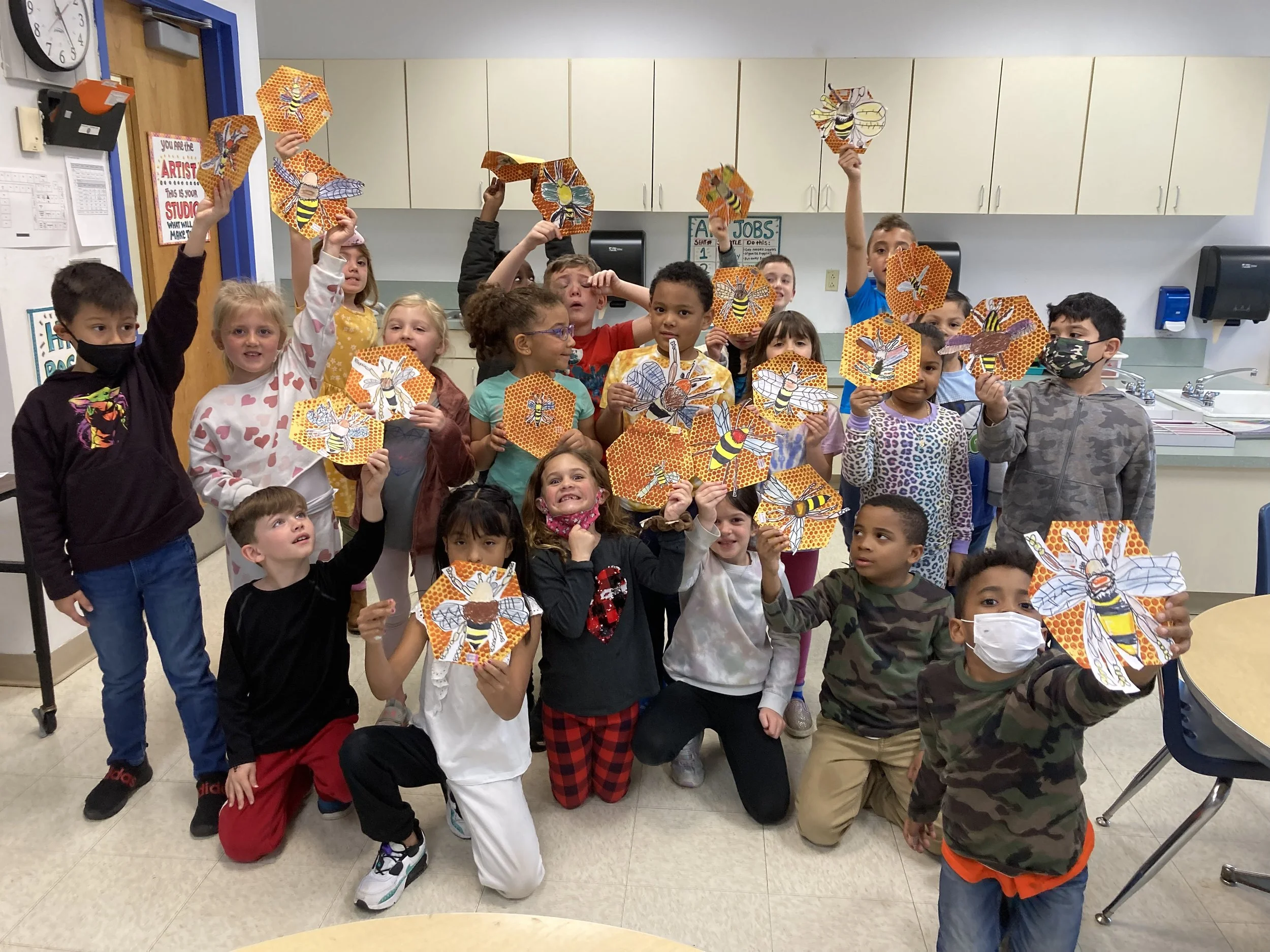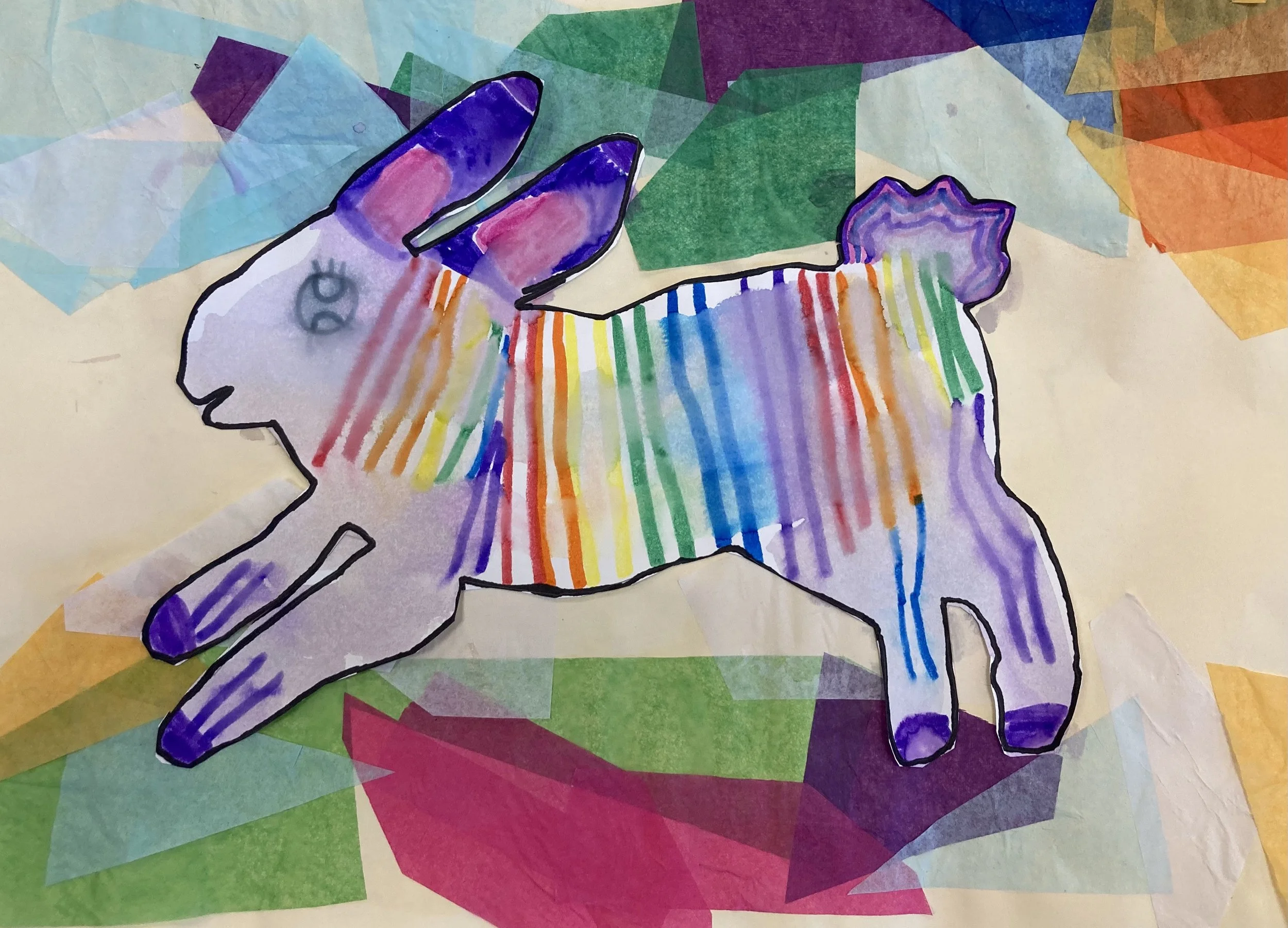Jennifer Cascino
Welcome to Ms. Cascino’s Art room
Teaching Philosophy
I wrote a teaching philosophy six years ago when I was finishing up my masters in art education at CCNY. I reviewed this document recently with high hopes of just adding a few tweaks to update it. I skimmed through dense paragraphs of buzz words such as scaffolding, choice-based learning, differentiation, summative assessments – basically crunching all of these necessities into a scholarly statement about how I was going to tackle classroom management, the perfect lesson plan and the most relevant, engaging content before ever setting foot in my own classroom. I started out teaching pre-k through 5th in Brooklyn, but my ‘perfect’ environment I painstakingly created was suddenly upended by Covid six months into the school year. I began to curate an online learning environment that emulated the physical art room– videoing my lessons, delivering supply packs to families, and juggling staggered student schedules with art-on-a-cart in a chaotic return to in-person learning. I moved upstate and began teaching in Goshen at both SAS elementary and the high school each day– two art rooms, two principals, two age groups that required two very different mindsets regarding teaching art and developing relationships with my students. These are philosophies I gathered along the way that guide me now in my teaching at Goshen High School.
Create an art room environment that inspires young artists to try new mediums, ask questions about professional artists and their cultural influences, care for their supplies and take ownership of materials, and make independent choices while respecting their peers, the task at hand and the art room.
Develop relationships with my students– I make it a point to talk to each student I have everyday, even if it’s just for a moment. Maybe they love art and want to talk about the project they are working on, maybe they dread putting brush to paper and are looking forward to a basketball game later, maybe they are having a rough day and just need someone to sharpen their pencil for them and tell them their haircut looks good. I show them my personal artwork, I tell them about my family, my past jobs in the city, mistakes I’ve made and proud moments I’ve had so the students begin to see me as an artist, a mother, and a human that is experiencing the world just like them. Getting to know my students helps me create engaging lesson plans that inspires them to make relevant and meaningful connections.
Pay attention and respond to a student’s progress with a flexible curriculum that adapts to and supports their emergent ideas, struggles and strengths. If I observe a student shutting down because they hit an obstacle, I will brainstorm with them different paths to move forward that may lead them to a solution. I assure them that feeling roadblocked is a normal and healthy part of the artistic process and they can rely on themselves to take a chance, a leap to try something that isn’t the obvious or easy path to finishing a project. I see students that embrace this and start to trust themselves to take on more complex solutions, leaving my art room as self-reliant, resilient and flexible artists who respond to daily obstacles with reason, passion and creativity.


